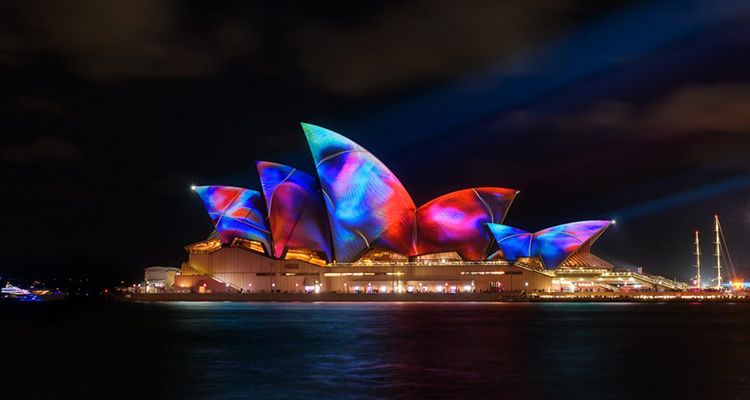Ratio of Ads in a Digital Signage Playloop: Not as Simple as It Seems
By Dave Dolejsi
St. Joseph Content
 There is a lot to consider when placing third-party advertising onto a branded digital signage network. It is not as simple as just allocating time in the playlist to outside advertisers. Network owners need to objectively look at why they are bringing in advertisers, what they need to achieve in doing so and what impact will this have on the rest of their network and their original objectives for installing that network.
There is a lot to consider when placing third-party advertising onto a branded digital signage network. It is not as simple as just allocating time in the playlist to outside advertisers. Network owners need to objectively look at why they are bringing in advertisers, what they need to achieve in doing so and what impact will this have on the rest of their network and their original objectives for installing that network.
Let’s look at the first consideration — Why introduce advertising into the network? If the answer is revenue generation for no other reason than to make money, and that was the entire purpose of the network, then obviously a large proportion of advertising in the loop makes sense. Most likely this would be a commuter or elevator style network that is largely comprised of a newsfeed, a few network-focused spots and a lot of advertising.
In this case, the screen may be split and advertising could dominate the playlist. The only thing dictating frequency of play, etc., would be what was promised to the advertisers for their ad buy.
Keep in mind, while these forms of networks can work in high traffic areas, people will tune out an overload of advertising. So try and space the ads out with some content of a different nature — perhaps every third spot.
Another scenario is one in which a network was created by a retailer or institution for self-promotion and communication purposes. Sometimes owners of these networks turn to outside advertisers in order to offset the cost of network implementation and operation. The thing to remember in this instance is that advertising needs to be balanced with the host’s content. Too little advertising and you won’t generate enough revenue to offset the costs. Too much advertising and you won’t achieve your network objectives in terms of audience communication.
Figure out what your minimum required amount of advertising content is, and go from there. Try to achieve a balance where the ads are sprinkled throughout your playlist of host content, not the other way around. A good rule of thumb would be one minute of ad content for every three minutes of non-ad content.
In terms of the content itself – here are a few rules to remember:
- Make sure the advertising content has been created for a digital signage environment. For example, most networks do not have audio so simply running a broadcast ad will do little more than frustrate the audience.
- When creating or setting guidelines for the creation of ad content, stipulate that all assets used in the creation are of high resolution or high definition quality. Networks are comprised of high definition screens, and utilizing content of a lower definition quality will have terrible results.
- Spots should not be of a length longer than the host content. Very few networks have a captive audience parked in front of their screens for a significant amount of time, as such content needs to be developed in a way that can tell a story in a few glances. Between 10 and 30 seconds is a good standard, but it is really dictated by how well the message can be delivered visually. There shouldn’t be separate rules for ad content and host content. It’s all content on the network; it should be consistent.
- Though it certainly isn’t an easy ask, try to find advertisers that will resonate with the audience of the network. Try to ensure that the ad content they are viewing is of some relevance to their demographic or to their mindset when they are in the network environment.
Dave Dolejsi is senior digital content strategist at St. Joseph Content. With more than 13 years of communications and marketing experience, beginning as a national award-winning writer/photographer for Thomson Newspapers, Dolejsi has spent the past nine years developing the Alchemy brand for St. Joseph Content, a division of St. Joseph Communications, Canada’s largest privately held communications company. His specialty is strategic development, helping clients like Labatt, Bell, TD and Sears identify and develop digital ecosystems where individual campaigns become parts of a greater whole, where consumer audiences are engaged on many levels across a variety of media that ultimately ties them to brands beyond the Zero Moment of Truth — to a lifetime of brand loyalty.
This column was reprinted with permission from the Digital Signage Connection and originally appeared here.





